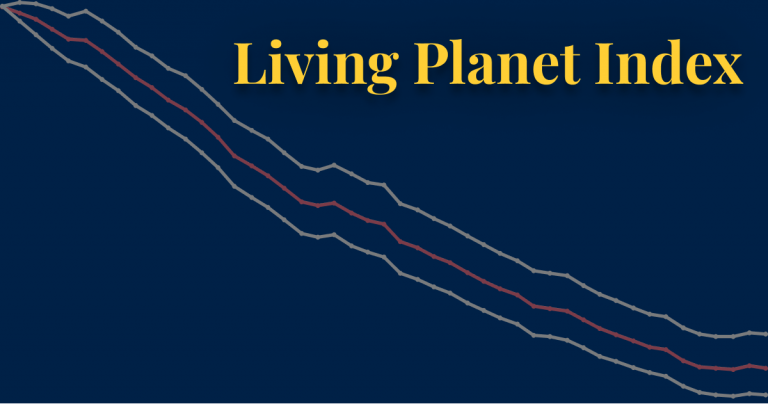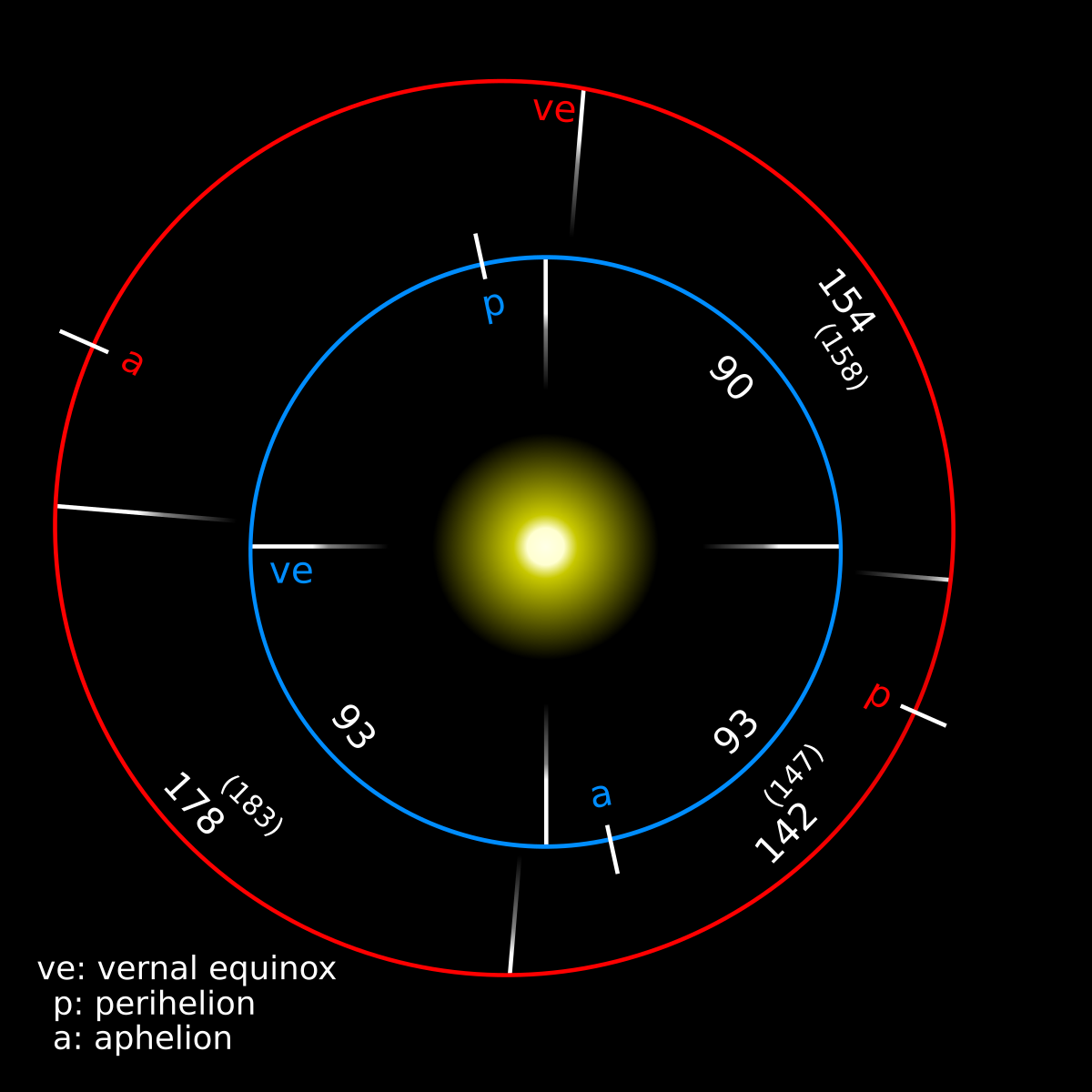
Living Planet Index: what does an average decline of 68% really mean?
Our World in Data presents the data and research to make progress against the world’s largest problems. This blog post draws on data and research discussed in our entry on Biodiversity.
The Living Planet Index is the biodiversity metric that always claims the headlines. Unfortunately many of these headlines are wrong. The index is very easy to misinterpret.
The Living Planet Index reports an average decline of 68% across tens of thousands of wildlife populations since 1970. This does not tell us anything about the number of individuals, species or populations lost, or even the share of populations that are shrinking.
Before reporting on the Living Planet Index we should understand what it actually tells us about the world’s wildlife. We should also be aware of the misconceptions and pitfalls of using this index to capture the changes in more than 20,000 of the world’s animal populations.
These are just three of many headlines covering the Living Planet Index. But they are all wrong. They are based on a misunderstanding of what the Living Planet Index shows.



_social_media.jpg)










/cloudfront-us-east-1.images.arcpublishing.com/pmn/2OMDYOYIKRDYJOSDNJCST4GN34.jpg)





